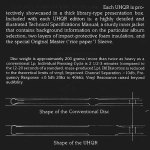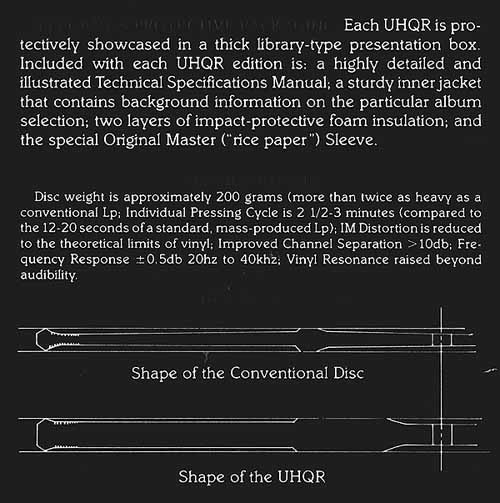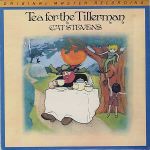
More of the Music of Cat Stevens
More Reviews and Commentaries for Tea for the Tillerman
Can adjusting the VTA for the heavier weight vinyl of the UHQR fix its tonality problems?
(This subject also came up in a discussion of the remastered pressings of Scheherzade.)
Probably not. VTA is all about balance.
Adjusting for all the elements in a recording involve tradeoffs. When all the elements sound close to their best, and none of them are “wrong,” the VTA is mostly right.
Try as you might, you cannot fix bad mastering by changing your VTA.
 Tea for the Tillerman on UHQR
Tea for the Tillerman on UHQR
When I first got into the audiophile record business back in the 80s, I had a customer tell me how much he liked the UHQR of Tea for the Tillerman.
This was a record I was selling sealed for $25. And you could buy as many as you liked at that price!
I was paying $9 for them and could order them by the hundreds if I’d wanted to. Yes, I admit I had no shame.
I replied to this fellow that “the MoFi is awfully bright, don’t you think?” (My old Fulton system may have been darker than ideal, but no serious audio system can play a UHQR as bright as this one without peeling the paint.)
His reply: “Oh no, you just adjust your VTA until the sound is tonally correct.”
At the time I could not adjust my VTA, so I filed that bit of information away for a later time.
When I finally did get a tonearm with adjustable VTA, I quickly learned that trying to correct the tonality of a poorly-mastered or poorly-pressed record with VTA adjustments was a fool’s game.
The tonality might be better, but the bass would get wonky and weird, the deepest notes would disappear or become boosted, the highs would sound artificial, various elements of the recording would randomly become louder and softer, wreaking havoc with the balance of the mix, and on and on.
In other words, fixing one thing would cause lots of others to go wrong.
This fellow couldn’t hear it, and like a lot of audiophiles writing about records these days, he simply did not have the critical listening skills, or a sufficiently revealing system, to notice all the problems he was creating with his “fix.”
My skills were pretty poor back then too. I have worked very hard for the last 30 years or so to improve them. I did it by experimenting with records.
Experimenting with VTA adjustments has also taught me a lot. It showed me that I could get dramatically better sound by playing with the VTA for ten or twenty minutes until I found the ideal setting.
It also taught me that trying to fix a mastering problem by adjusting the VTA never works.

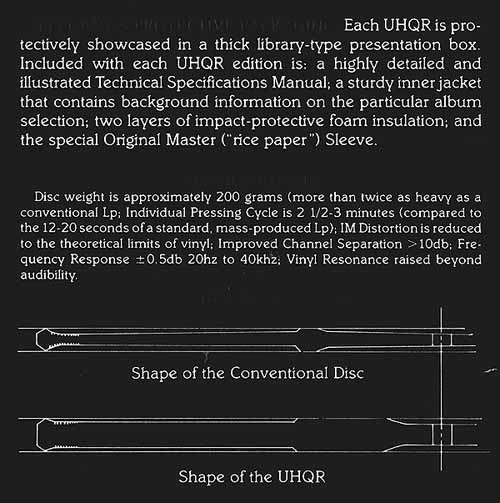

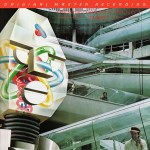
 If you like
If you like  Reviews and Commentaries for The Planets
Reviews and Commentaries for The Planets